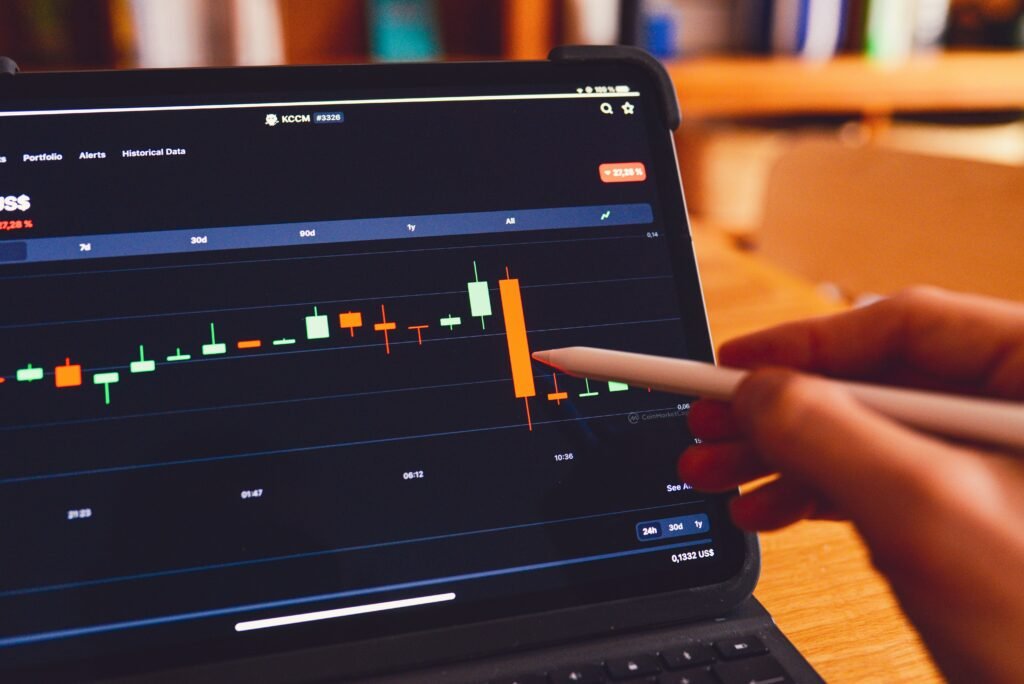Wall Street sentiment euphoria is reaching new highs just as cryptocurrency markets hit the pause button. Key market indicators are flashing investor excitement in traditional equities, with the S&P 500 surge and Bank of America’s Global Equity Risk-Love indicator hitting a 13-month peak. Meanwhile, cryptocurrencies like Bitcoin and Ethereum remain in a holding pattern. This curious divergence is raising eyebrows across both markets, especially with major economic data and the September 17 rate decision just ahead.
Institutions like Bank of America and analysts from the Kobeissi Letter are signaling increasing bullishness in asset markets, even as retail investors, gauged through the AAII sentiment survey, appear more cautious. At the same time, crypto indicators like the Fear and Greed index suggest speculation fatigue. With markets on edge, the disconnect between equities and cryptocurrencies is sparking deeper analysis—and possible trading opportunities.
Equities show strong bullish momentum
The current wave of Wall Street sentiment euphoria is largely driven by equities outperforming expectations. The S&P 500 surge in early September 2025 is a key driver, fueled by low volatility and rising investor risk appetite. Bank of America’s Global Equity Risk-Love indicator just hit its highest level in over a year, a sign that big institutions are betting on continued gains.
Underneath this optimism is technical confirmation too—momentum indicators like the Relative Strength Index (RSI) and moving averages for top equity stocks point bullish. Institutions are leaning into the trade aggressively, and this may be why the market is pricing in strong growth, even with macro uncertainties.
Crypto markets reflect cautious positioning
While Wall Street cheers, crypto investors are taking a breath. Bitcoin and Ethereum prices remain largely flat through the same period that equities posted gains. This signals hesitation in digital asset sentiment, even as retail activity has stabilized.
The Fear and Greed index, a key metric used by many in the crypto community, still reflects neutrality or mild fear—a far cry from euphoria. Ethereum and Bitcoin trading volumes remain tepid, showing lackluster enthusiasm from retail and whales alike. This caution may be due to ongoing macro risks or previous market volatility that left investors wary.
Retail investors remain skeptical of sustained gains
Retail sentiment data shows that individual investors haven’t bought into the Wall Street sentiment euphoria—at least not entirely. The AAII sentiment survey shows neutral or cautious expectations for equities, reflecting skepticism beneath the surface rally.
This divergence between institutional bullishness and retail skepticism highlights a potential misalignment. While institutions prepare for upside, everyday investors are still digesting uncertain economic signals like unemployment data and inflation reports. Until clearer fundamentals emerge, expect a two-speed recovery between markets.
Bank of America indicator exposes investor FOMO
The Bank of America Global Equity Risk-Love indicator is a standout data point in analyzing this sentiment shift. It measures fund managers’ willingness to take on risk and has recently reached levels unseen in over a year. That surge reflects large-scale capital rotation into stocks and away from safer assets.
This “risk-love” surge suggests FOMO (fear of missing out) is driving institutional flows. Analysts from the Kobeissi Letter interpret this as investors gambling ahead of the September 17 monetary decision—a potentially risky play if macro shocks awaken.
Kobeissi Letter and S&P 500 insights underline institutional drive
The Kobeissi Letter, a widely followed macro analysis newsletter, pointed out in a recent dispatch that the S&P 500 surge is outpacing underlying economic fundamentals. Volatility indices have dropped, partly explaining the institutional comfort in pushing equities higher. But the calm could be deceptive.
This is especially true if monetary tightening continues or economic data falls short. While stocks surge, monetary risks still linger, and crypto’s sidelined behavior could be a hedge against overconfidence on Wall Street.
Bitcoin and Ethereum price stability signals defensive stance
Bitcoin and Ethereum’s price stability suggests crypto investors are consciously avoiding risk. This isn’t typical behavior during broad-based market rallies. Normally, surging equities lift crypto assets too, especially sentiments around altcoins.
The fact that these key assets are holding steady implies defensive positioning. Investors might be choosing to wait for the September 17 rate announcement or jobs data to clarify direction. Until then, cryptocurrencies appear locked in a holding pattern, despite Wall Street’s celebration.
Fear and Greed index shows crypto caution
The crypto market’s Fear and Greed index remains subdued even as stocks climb. This tells us that excitement hasn’t yet spilled over from Wall Street to the digital asset sector. Even with traditional markets booming, crypto traders are demonstrating restraint, grounding their expectations in fundamentals rather than hype.
This may represent a temporary divergence—or a potential warning that risk-on behavior in equities is overextended. Long-term, misalignments like this have historically resolved with either crypto catching up or stocks correcting.
Crypto-equity disconnect creates strategic openings
This split between Wall Street sentiment euphoria and crypto market caution could offer strategic openings for investors and traders alike. If economic data validates the equity rally, Bitcoin and Ethereum could see renewed inflows. However, if sentiment turns suddenly—due to recession fears or a hawkish Fed—crypto’s conservative stance could look prudent.
For now, tracking sentiment tools like the Fear and Greed index and AAII survey, along with institutional indicators like the Risk-Love index, will be key to decoding where capital flows next.
Traders eye September 17 for market clarity
With a potentially pivotal rate decision on September 17, both equities and cryptocurrencies are coiled for movement. Analysts agree that future positioning hinges on how dovish or hawkish central banks turn out to be. If policies signal sustained growth support, crypto assets may gain bullish momentum again.
Until then, it’s a sentiment tug of war—euphoric institutional plays in equities on one side; practical, patient behavior in crypto on the other.
Frequently asked questions about Wall Street sentiment euphoria (FAQ)
What is Wall Street sentiment euphoria?
Wall Street sentiment euphoria refers to an unusually strong, often rapid, bullish sentiment among institutional investors toward equities. It’s marked by aggressive asset buying and market rallies, even during uncertain economic conditions.
Why are equities rising while crypto remains flat?
This divergence is due to differing investor risk appetites. Institutions are pushing into equities based on technical and sentiment indicators, while crypto investors are more cautious, awaiting economic clarity or rate announcements.
What is the Bank of America Global Equity Risk-Love indicator?
This indicator measures institutional risk appetite in equities. A high reading signals that investors are bullish and willing to bet on riskier assets. It recently hit a 13-month high.
How does the Fear and Greed index differ for crypto?
While equity markets may show euphoria, the crypto Fear and Greed Index offers a different perspective—highlighting emotional market reactions like fear or neutrality. It’s a key tool in understanding current crypto investor sentiment.
What impact might the September 17 rate decision have on crypto?
A dovish tone could boost Bitcoin and Ethereum prices as investor liquidity expectations improve. A hawkish policy, however, might reinforce the current cautious stance in crypto markets.
Sources to this article
Bank of America (2025) Global Equity Risk-Love Indicator.
AAII (2025) American Association of Individual Investors Sentiment Survey.
The Kobeissi Letter (2025) Macroeconomic Insights.
CNN Business (2025) Fear & Greed Index Tracker.
U.S. Bureau of Labor Statistics (2025) Jobs Data Reports.



